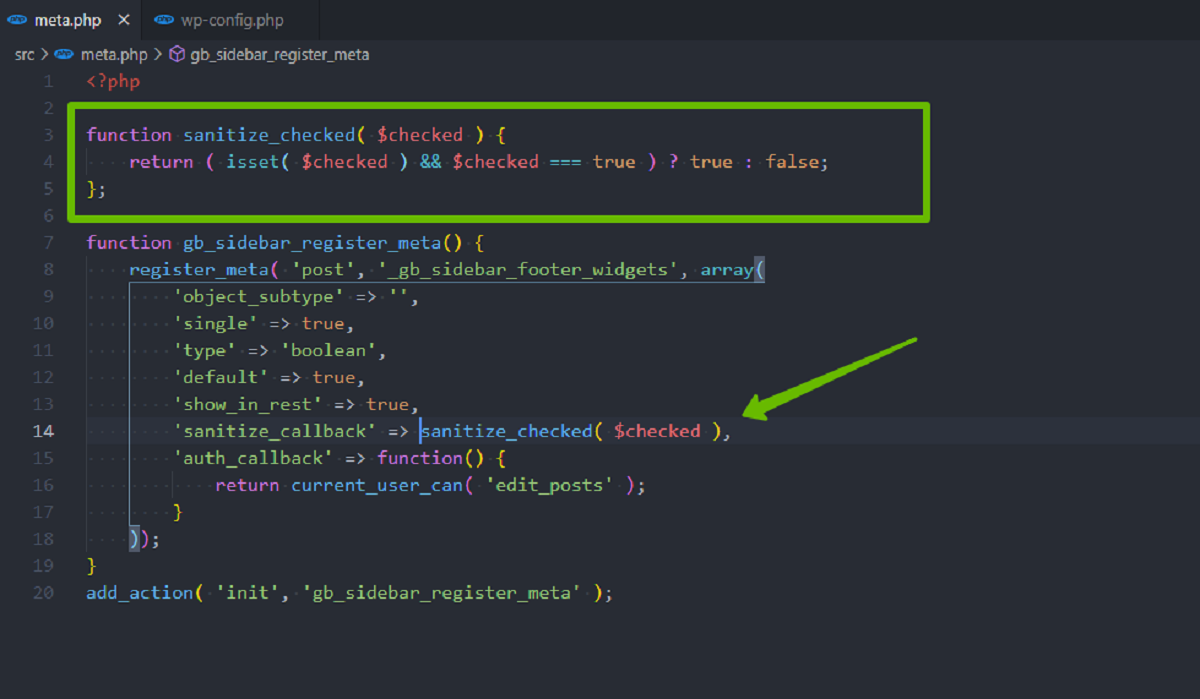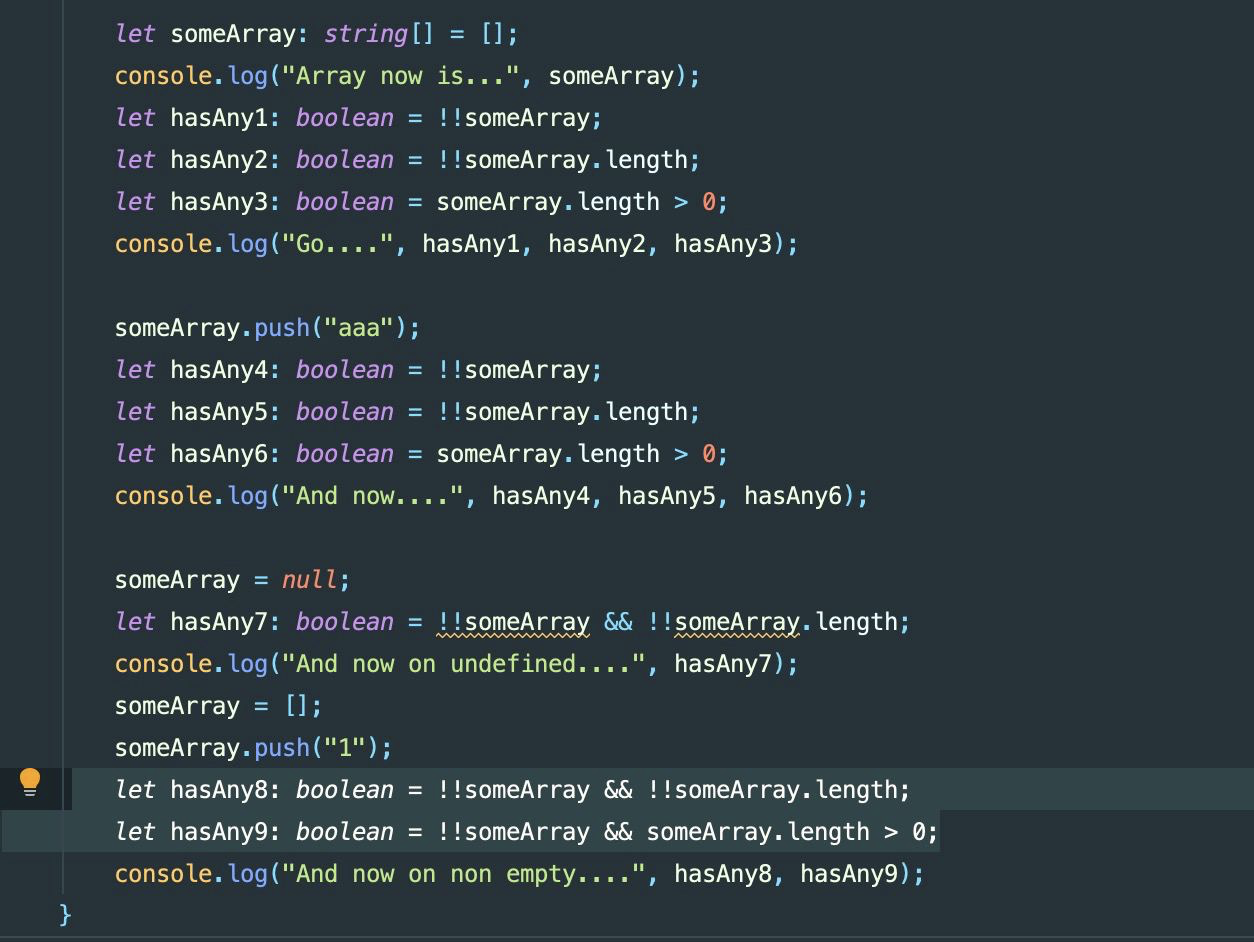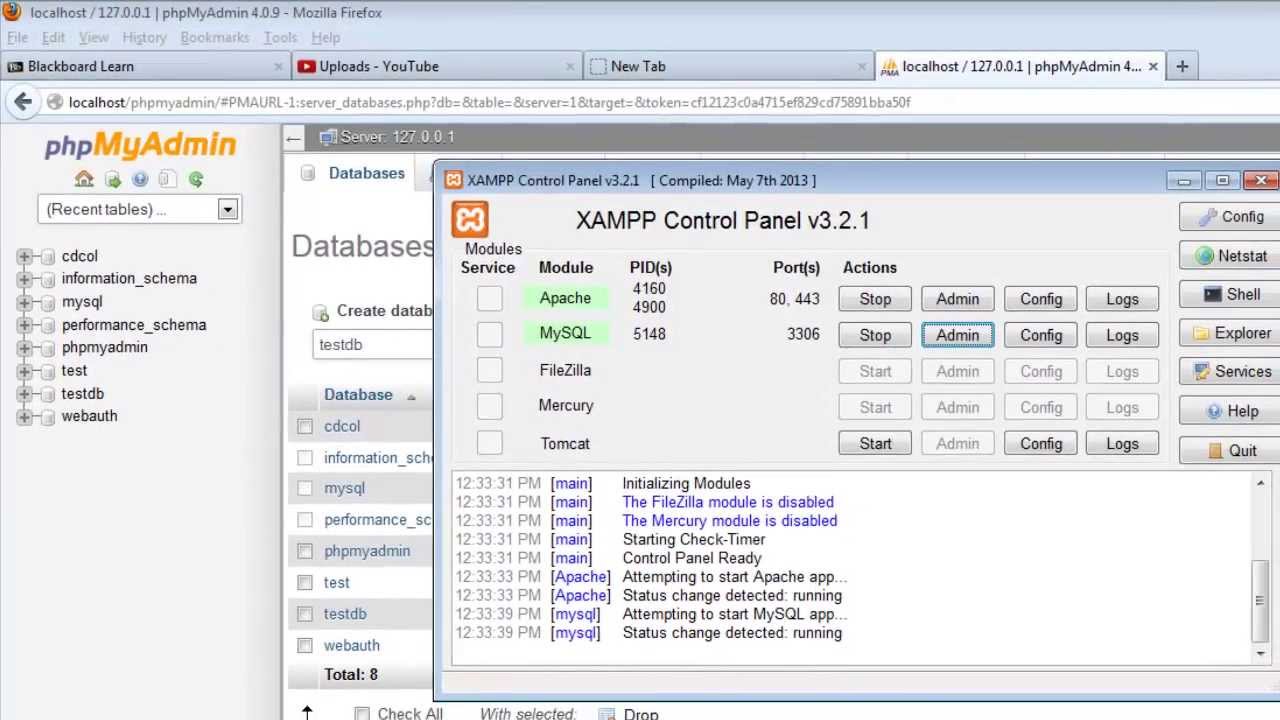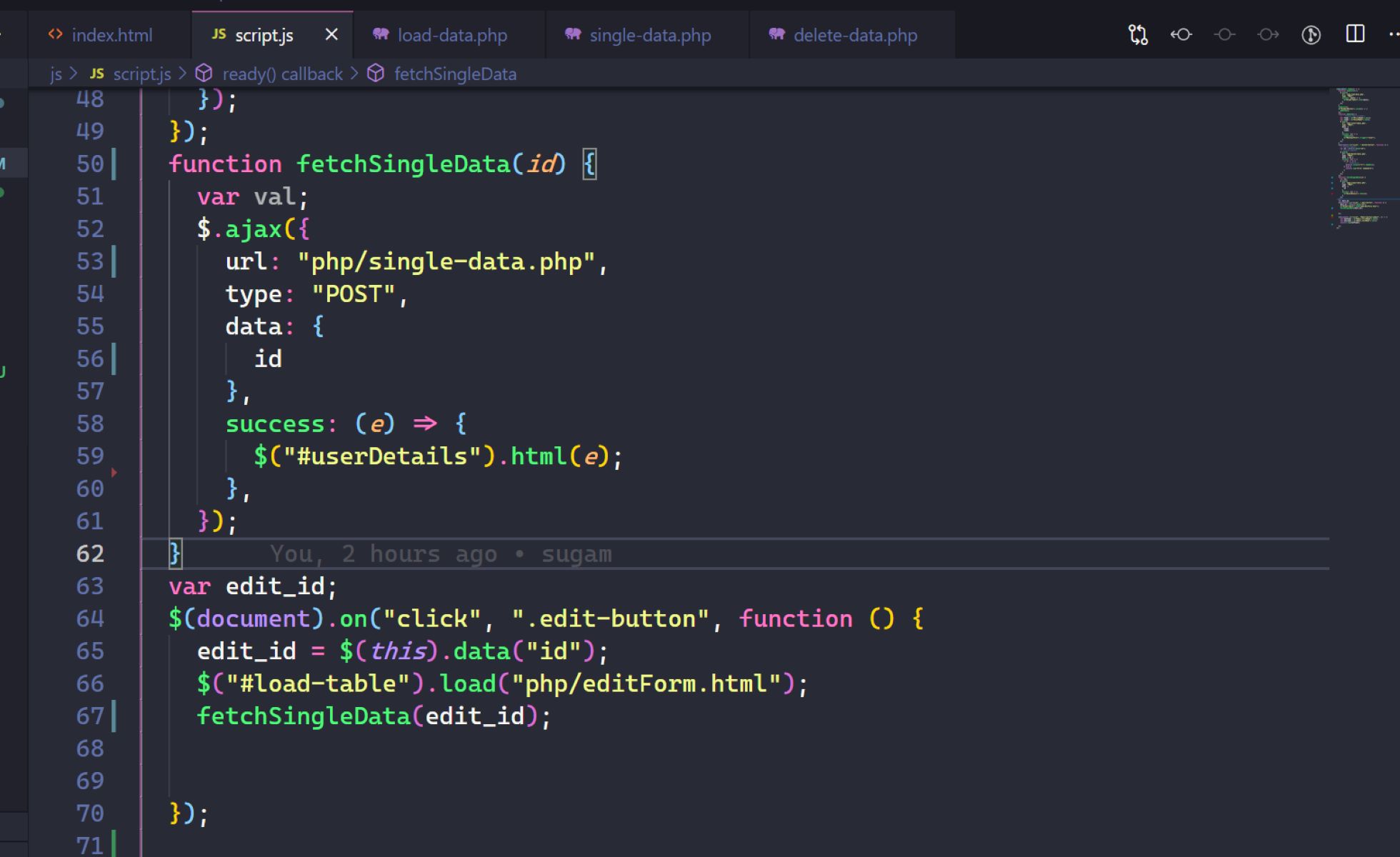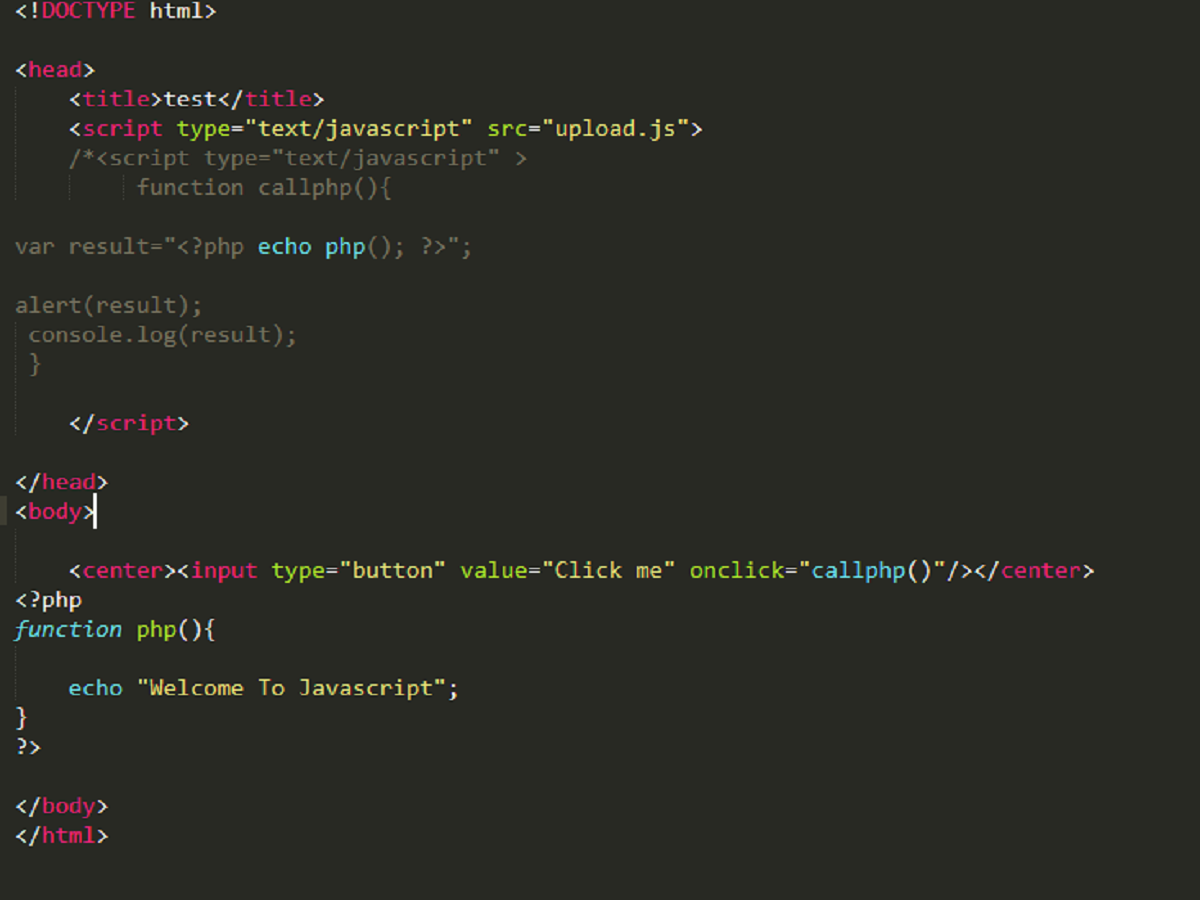Introduction
When working with PHP, there may be cases where you need to determine whether a variable exists or not. Knowing whether a variable is defined or not can help you prevent errors and make your code more robust. In such cases, PHP provides several functions that allow you to check the existence of a variable. In this article, we will explore three commonly used PHP functions for checking variable existence: isset(), empty(), and is_null(). Understanding the differences between these functions is crucial for proper variable handling and error prevention.
The isset() function is a useful tool in PHP that allows you to check if a variable has been set and is not NULL. It returns true if the variable exists and has a non-null value, and false otherwise. This function is often used to validate user input and ensure that the required fields in forms are filled before processing the data. By using isset(), you can avoid processing undefined or empty variables that could potentially cause errors in your code.
The empty() function, as its name suggests, checks if a variable is empty. It returns true if the variable is empty, null, false, 0, or an empty string. This function is typically used to check if a user input or a variable contains a value. By using empty(), you can easily handle scenarios where a variable might be assigned a default value or left empty intentionally, and take appropriate actions based on the result.
The is_null() function, on the other hand, specifically checks if a variable is null. It returns true if the variable is null and false otherwise. This function can be helpful when you want to explicitly check if a variable is set to null, as opposed to just checking its existence or emptiness. By using is_null(), you can differentiate between variables that are not set at all and those that are set but have a null value.
isset() Function
The isset() function is a built-in PHP function that allows you to check if a variable is set and has a non-null value. It returns true if the variable exists and has a value, and false if the variable is not set or has a null value.
One common use of isset() is for form validation. When handling user input from a form, you can first check if the required fields are filled using isset(). This helps ensure that you only process the data if the necessary fields are provided.
Here is an example that demonstrates the usage of isset() function:
php
In the above example, the isset() function is used to check if both the `$username` and `$password` variables are set before processing the login. If either of them is not set, it displays an error message prompting the user to fill in all the required fields.
It is important to note that isset() returns false for variables that are initialized with a null value. In such cases, you can use the is_null() function if you want to specifically check for null values.
Overall, the isset() function is a powerful tool for checking the existence of variables in PHP. By using isset() in combination with other validation techniques, you can ensure safer and more reliable code execution.
empty() Function
The empty() function in PHP allows you to check if a variable is empty or evaluates to false. It returns true if the variable is empty, null, false, 0, or an empty string. If the variable has any other non-empty value, it will return false.
One common use case for the empty() function is when validating user input. You can use empty() to check if a required field in a form is filled before processing the data. By utilizing the empty() function, you can easily handle scenarios where a variable should not be empty, and take appropriate actions based on the result.
Here’s an example that demonstrates the usage of the empty() function:
php
In the above example, the empty() function is used to check if both the `$name` and `$email` variables are empty. If either of them is empty, it displays an error message prompting the user to fill in all the required fields.
It’s important to note that the behavior of the empty() function may vary depending on the PHP version you are using. In versions prior to PHP 5.5, empty() could not be used to directly check if an array is empty. However, in later versions, empty() can be used to determine if an array is empty by passing the array variable as the parameter.
In summary, the empty() function provides a convenient way to check if a variable is empty or evaluates to false. By incorporating empty() into your code, you can ensure proper handling of empty or false values and improve the overall reliability of your PHP applications.
is_null() Function
The is_null() function in PHP allows you to specifically check if a variable is null. It returns true if the variable is null and false otherwise. Unlike the isset() and empty() functions, which check for general existence and emptiness, is_null() focuses solely on determining if a variable has a null value.
One common use of the is_null() function is in scenarios where you need to explicitly distinguish between variables that are not set at all and those that are set but have a null value.
Here’s an example that demonstrates the usage of the is_null() function:
php
In the above example, the is_null() function is used to check if the `$name` variable is null. If it is, it displays an error message indicating that the name is not provided. Otherwise, it proceeds with processing the name.
Additionally, you can also use the is_null() function to check if a variable initialized with a null value is really null, rather than just empty. This can be useful in situations where you want to differentiate between a variable that has not been set at all and one that has been explicitly set to null.
It’s important to note that is_null() returns false for variables that are not set or for values other than null. Therefore, when using is_null(), make sure to consider its behavior and use it specifically for checking null values.
In summary, the is_null() function provides a specific way to check if a variable has a null value. By using is_null() appropriately, you can ensure accurate handling of null variables and distinguish them from variables that are not set or have other non-null values.
Conclusion
When working with PHP, it is important to have a solid understanding of how to check the existence of variables. In this article, we explored three commonly used PHP functions for this purpose: isset(), empty(), and is_null(). Each of these functions serves a specific purpose and can be used in different scenarios.
The isset() function allows you to check if a variable is set and has a non-null value. This function is often used for form validation and preventing errors by ensuring that required fields are provided.
The empty() function, on the other hand, is useful for determining if a variable is empty, null, false, 0, or an empty string. It is commonly used to validate user input and handle cases where a variable should not be empty or false.
Lastly, the is_null() function is specifically designed to check if a variable has a null value. This function can be helpful in differentiating between variables that are not set at all and those that have a null value.
By utilizing these functions effectively, you can create more robust and error-free PHP code. Remember to consider the specific requirements of your code and use the appropriate function for each scenario to ensure accurate variable handling.
With a solid understanding of isset(), empty(), and is_null(), you can improve the reliability and functionality of your PHP applications. By implementing proper variable existence checks, you can avoid potential errors and create a seamless user experience.







